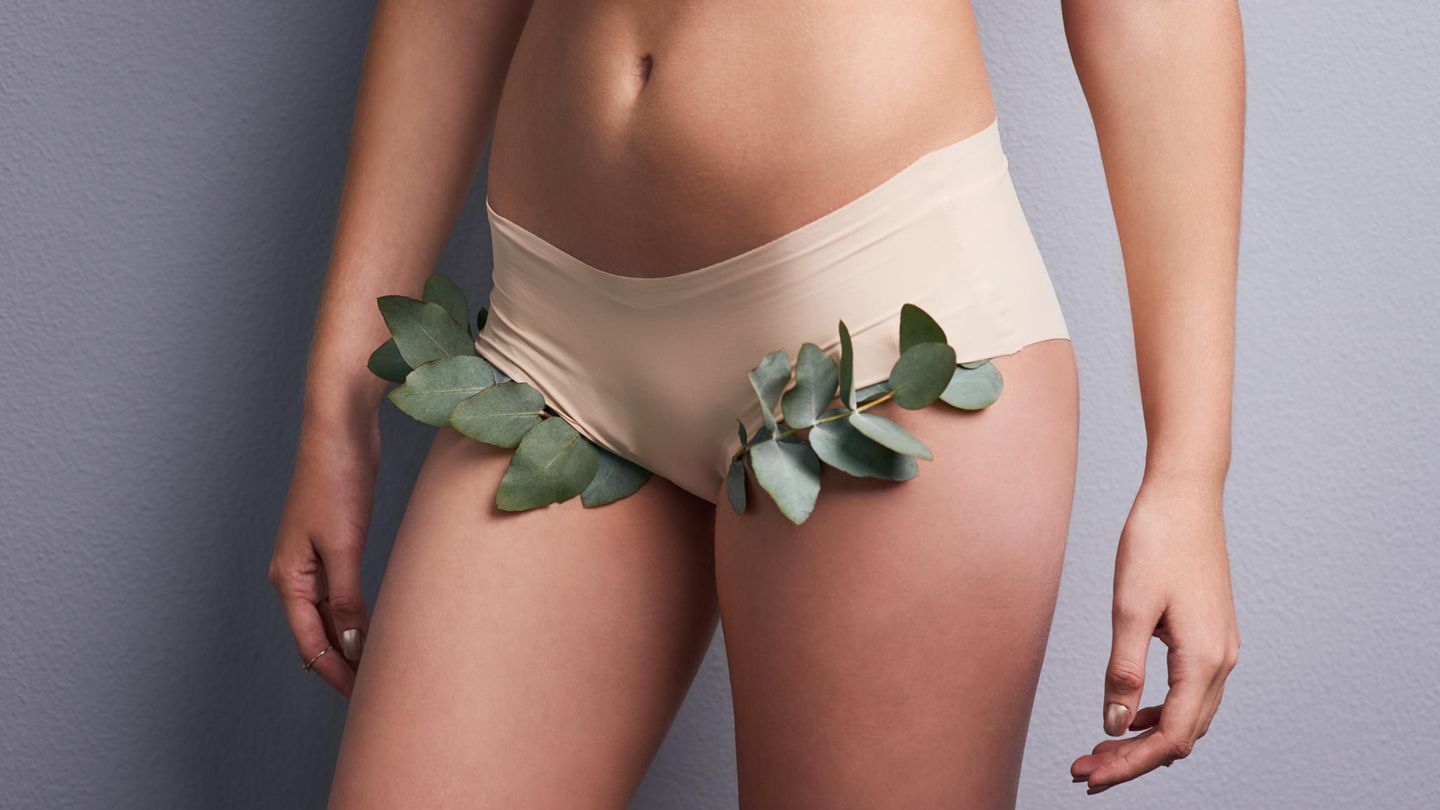Regardless of whether you trim, trim or shave your intimate area: Regular hair removal irritates your skin anew every time. In order to avoid unpleasant pimples and redness, correct pre- and post-treatment for intimate shaving is crucial.
Red spots and razor bumps are not uncommon after intimate shaving. Not only do they look unsightly, they can also be extremely painful, burning or itchy. It doesn’t matter whether you leave a narrow strip (also known as a landing strip), a trimmed triangle or no hair at all – the reasons for skin irritation are always the same: a dull razor, a lack of care or even the wrong one Technology. In the following, we have summarized in detail for you how you can avoid gross mistakes and the associated razor burn in the future.
Before shaving: How to prepare the intimate area
A woman’s intimate zone is particularly sensitive because there is a complex network of nerves under the skin that reacts sensitively to external influences such as shaving. Normally, the sebaceous glands protect the area from drying out, but as a result of incorrect treatment with blunt blades or lack of care, these clog up and the unpleasant razor bumps appear. In the worst case, the area can even become inflamed. It is all the more important that you prepare an intimate shave well by following these steps:
- For the intimate area a be the best choice because it can adapt to every contour – no matter how difficult it is to reach – without too much pressure. This not only minimizes the risk of injury, but also ensures a clean result. Provided you don’t use dull blades! Otherwise, the razor only glides over the skin with a lot of pressure and causes redness and razor bumps.
- Before you shave your intimate area, you should prepare your skin for it. That means: take a warm shower or bath first to stimulate blood circulation and soak the pubic hair – this allows the razor blade to glide more easily over the skin and remove the stubble more easily without irritating the skin too much. Also, use a nourishing one or .
- If you want to shave your intimate area after a long break or for the first time, you should trim your pubic hair beforehand. For example, with nail scissors or a for the bikini zone. If the hairs are too long, they can get caught in the razor blade and make shaving more difficult – which in turn unnecessarily exhausts the process.
And one more tip: Always shave the intimate area before going to bed, as you move less at night, sweat less – and therefore irritate the skin less.
Shaving intimate areas: the most important steps
After preparing your skin for shaving, follow these steps:
- Wear a nourishing (or ) onto the skin, distribute it evenly and leave it to work for a short time. This is said to have several advantages: the hard stubble swells up and becomes softer – and the razor glides more gently over the skin.
- Try to tighten the skin in the intimate area by smoothing it out. This minimizes the risk of injury from accidentally cutting or nicking the skin with the razor.
- When shaving, pay attention to the direction of hair growth. Work without too much pressure and not against the grain, otherwise your skin will be much more stressed than the other way around.
After the shave: How to care for your intimate area
Despite a sharp blade and the right technique, the skin should be soothed after intimate shaving by taking a cold shower: This will cause the open pores to contract again, reducing redness. It is then important to gently (and not roughly) pat the damp skin dry with a towel – this prevents further irritation. You can then use a or one apply cream to soothe the skin. Make sure that the products are not heavily perfumed or contain alcohol – they can cause a stinging sensation on freshly shaved skin and thus irritate the skin.
Ingrown hair? You can do that
If you shave your private parts regularly, you may have had problems with ingrown hairs. These are usually not serious, but when bacteria get under the skin, painful bumps develop — often filled with pus. The top rule here is: never press on a pimple in the genital area! Instead, you should stop shaving the area until the hair comes to the surface and the bump is gone. You can also add a use, which is supposed to draw the pus out of the wound. However, if the bump gets bigger and more painful, you should see a dermatologist.
There is more information here.
Source: Stern




